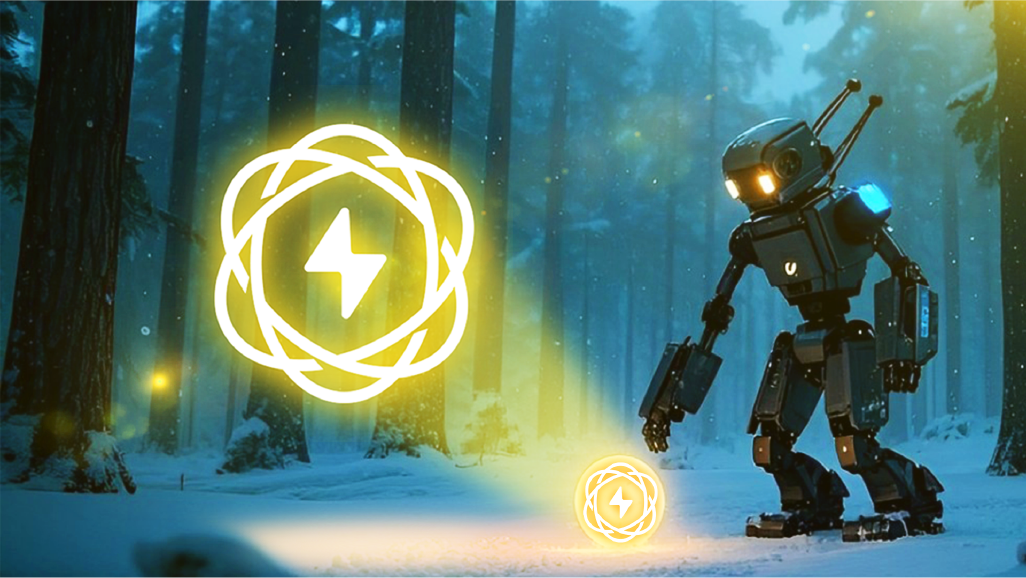Despite privacy and cost issues, the demand for smart home devices continues to rise in most homes. Research has discovered that 32% of American homes currently depend on this technology, and this figure is projected to reach 57% by 2025. In fact, to avoid sudden and prolonged power outages, people are now adopting power generator for their homes.
Of these advanced devices, a smart television, speakers, lighting, and security cameras are the most widely used gadgets in most homes. That said, electricity and internet connectivity are two significant considerations for users. As these gadgets are becoming domestic staples, one does wonder how they work during power outages. (1)
So, does your smart home become ‘dumb’ when electricity isn’t available? Here’s how your home can stay smart even during power cuts:
How power loss affects your smart devices
As with other electronic devices, innovative home technology makes your household comfortable and safe. The only downside is that most of these gadgets use the internet and the Voice-over-Internet Protocol (VOIP), including cloud computing systems, to work and communicate with each other. Thus, a power outage can render most of them unusable. For this reason, a power generator for home is your best bet for uninterrupted smart device functioning.

Fortunately, some devices have dual power sources that allow them to work for a short time during power losses. Also, smart devices like smart garage doors, main door locks, and thermostats have built-in rechargeable batteries. These devices turn off their Wi-Fi functions during power cuts to conserve energy. Likewise, smart tools that open and close with keys, like smart locks, can be operated manually. (2)
Ways to keep your smart home connected
Since most essential smart devices would stop working during power cuts, it’s best to explore other options to keep connected. This is especially crucial when the affected smart home devices are cooling systems, locks, and lights; you can’t afford to compromise your family’s comfort and safety. That’s why a backup plan is critical.
To help you out, here are the most viable solutions to restore connectivity in your smart devices even during power outages:
- Use secondary power sources
Essential utility repairs, natural disasters, and accidents are the most common reasons for long-term power outages. To prepare your family, it’s best to have alternative sources of electricity, such as:
- Portable power stations: Also called battery-powered inverter generators, they’re rechargeable and safe for use, even indoors.
- Solar-powered chargers: Another safe and environment-friendly power source.
- Car battery: Use a car adaptor to charge small items like mobile phones. (3)

These power sources help provide energy for your router and other small appliances, depending on their capacity. For scheduled power outages, it would be best to have all your power stations and electric devices fully charged so only the essential units are connected to these backup energy sources, ensuring you have more than enough power to last the day.
- Consider adding external battery packs to your routers
Apart from ensuring that your most critical smart devices have manual settings or have a built-in power source, you may also consider reinforcing your Wi-Fi router’s power source with a set of extra battery packs. Check whether you can connect an external battery to your router and replace it regularly until power is restored.
- Use mobile devices for Wi-Fi tethering
If your router stops working and the abovementioned options aren’t possible, take out your smartphone and use it to connect to the internet. Once you’re successfully online, you can connect any of your smart devices to your phone. This process, called tethering, converts your smartphone into a router so you can operate your smart devices even without power. And while security and privacy are significant reasons consumers shun away intelligent devices, technology experts see this being addressed alongside enhancing smart home device capabilities. (1)(3)(4)
Alternately, you can purchase a mobile Wi-Fi hotspot device to keep your gadgets connected. Do this before the scheduled power interruption, as you’ll need to have a subscriber identity module (SIM) card with an internet subscription before you can use it.
In cases where Wi-Fi connectivity is affected, but you have a generous data plan subscription, consider using cellular data. While online activities often require Wi-Fi connections, cellular data may be enough for simple tasks like keeping your simple, smart units online.
Mobile data can be more secure than using a public Wi-Fi hotspot near your home. Be prepared to recharge your battery more frequently, though, as these functions use up much power. (3)
Bottom line
Home automation technology is changing how homeowners manage their properties because of comfort, security, and convenience. However, connectivity is also a vital issue for smart homes besides dependence on electricity. In emergencies, it’s helpful to have alternative power sources to keep everything in your home working. With the steps mentioned above, your smart devices will stay intuitive despite power interruptions.









Leave a Comment